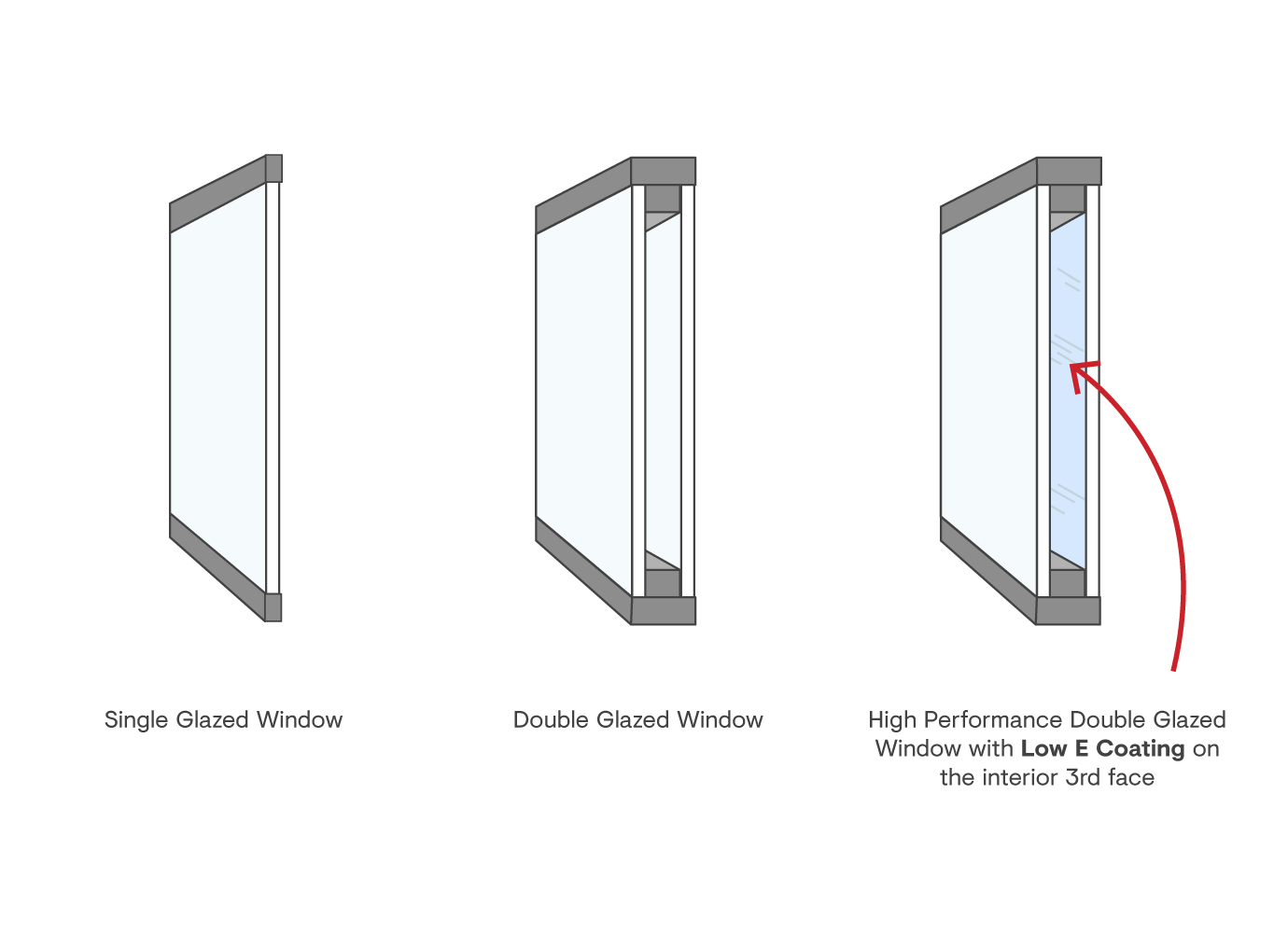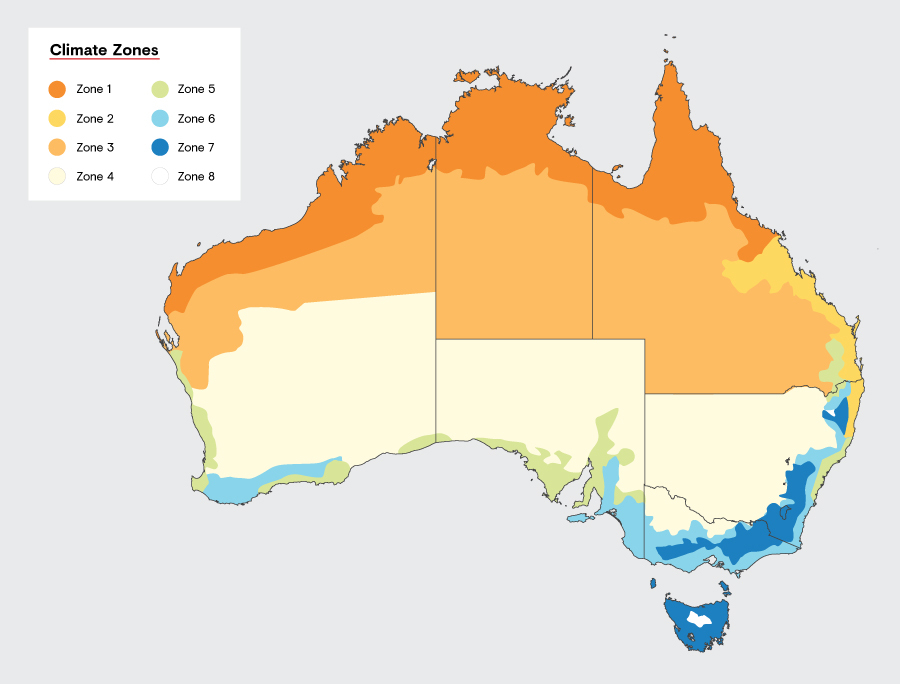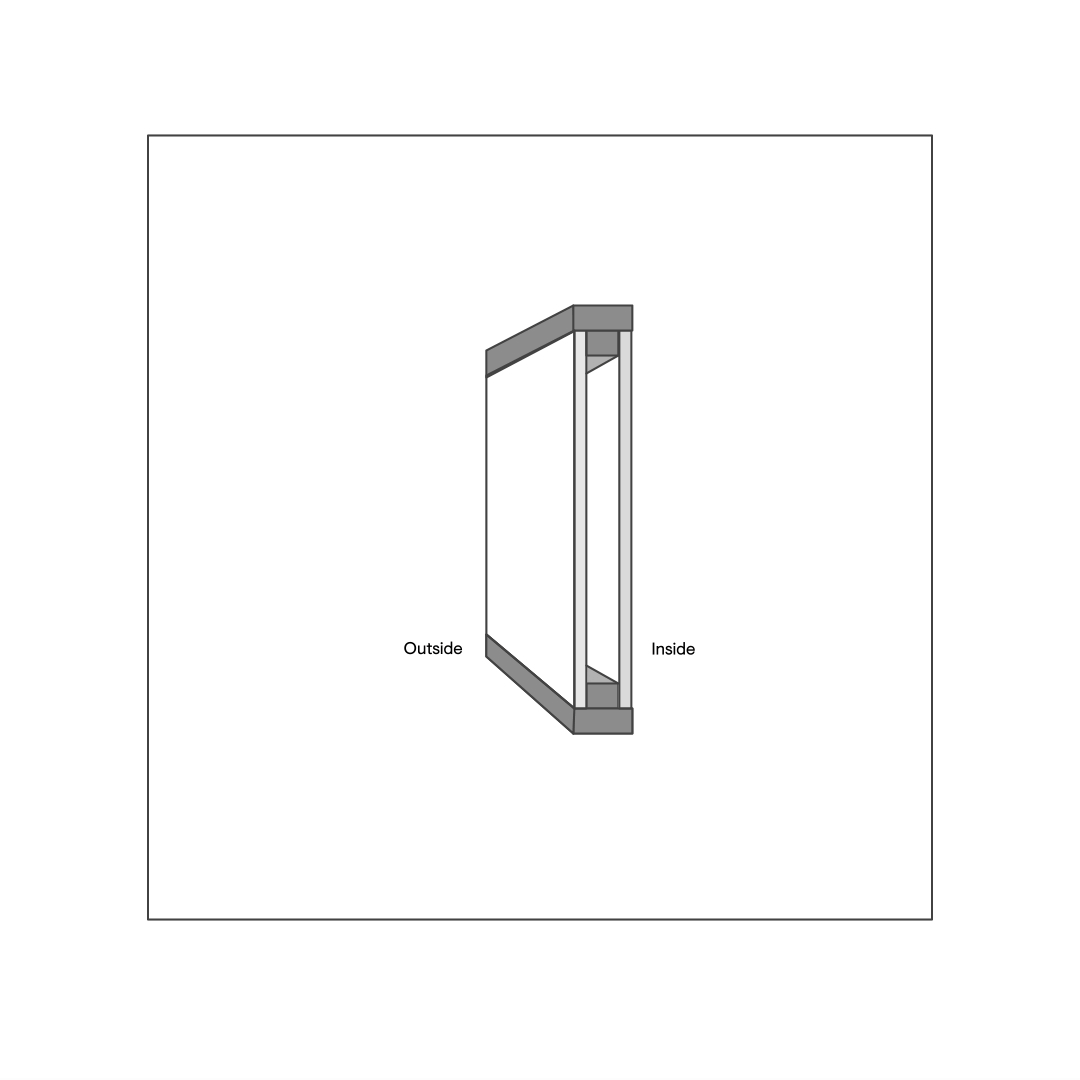
Gallery
A guide to energy efficiency
There are so many things to consider when you’re choosing which glass or window to use in a home. Beyond cost, builders also typically factor for state-based legislation, the geography of where a home is located, weather conditions in your area, and more. One thing’s for sure though: everyone’s interested in saving on energy leakages, and therefore heating and cooling costs.
Whether you’re motivated by environmental or economic reasons, it’s increasingly common for architects, builders and homeowners alike to focus on energy efficiency.
While it sounds straightforward, ‘energy efficiency’ is a sophisticated concept. Many different elements of a home’s design can impact upon your overall rating, and windows are just one of many categories. Even within the category of ‘thermal performance’—which broadly refers to how well your windows protect against the effect of hot or cold weather—there are considerations around:
Despite all of those considerations, the Australian Government’s guide to environmentally sustainable homes suggests that up to 40% of a home’s heating energy can be lost and up to 87% of its heat gained through windows.
Did you know: the thickness of glass only relates to the strength or resilience of a window and has virtually no impact on performance in energy efficiency. Thicker glass is typically used to protect against high wind loadings; it’s most commonly used in the upper levels of high-rise apartments or office buildings.
So, which glass type and window configuration is the best for energy efficiency performance?
Before we can answer that, we need to understand the different types of glass commonly used throughout Australia, and where—and why—they’re used.
Annealed glass is used in many windows. ‘Annealing’ refers to a process used to cool the glass in production. While it is excellent for cutting and polishing, annealed glass is not heat-treated and is therefore not as durable as other types of glass.
Toughened glass is produced using a process where the panes are heated in a certain way to make them stronger. This process also makes the glass shatter into small, chunky squares—rather than long, thin shards—which are safer to handle than cracked or smashed annealed glass panes.
Like toughened glass, laminated glass is commonly used in situations where safety is a consideration, but it also offers a high level of acoustic performance to protect against the impact of noise. Laminated glass features a soft vinyl layer between two pieces of glass, which minimises the transmission of noise through the window.
Low emissivity glass can prevent the sun’s heat from escaping a room. Or, it can rebound the sun’s rays from the outside and stop the associated heat from coming into the home. There are two types of low emissivity glass, being ‘low e hard coat’ and ‘low e soft coat’:
Single glazed refers to a window with only one layer of glass, or one single pane within the window; most windows in a standard home are single glaze. Single glazed windows can come in a variety of glass types, including annealed glass, toughened glass, or low e.
Double glazed windows use two separate pieces of glass which are separated by a central air gap, usually filled with Argon gas. The layer of Argon acts as an insulating barrier and reduces the conductive properties of each piece of glass (how easily cold air, sunlight or humidity can pass through the glass).

There are eight different climate zones in Australia, as implemented by the Australian Building Codes Board.

Broadly speaking, the climate zones are either ‘heating climates’ or ‘cooling climates’.
With climate zones in mind, the concept of energy efficiency changes depending on where you are in Australia:
If you live in a heating climate, like Victoria or Tasmania, then the best glass type or window specification for energy efficiency is:
Double-glazed windows with low e glass configured on face three of the insulated glass unit.

This configuration is optimised to allow heat into your home, before trapping that heat on the inside of the building.
Find out more about our range of double glazed products, including double-glazed sliding windows and double-glazed corner windows.
If you live in a cooling climate, like Queensland, then the optimum glass type or window configuration for energy efficiency is:
Single glazed windows with tint —or super tint— glass on the outside face of the window.

The tint on the outside face of the window essentially reduces the amount of solar radiation and ultraviolet rays passing through the window, reducing glare and increasing comfort.
While these recommendations are useful as a general guide to energy efficient products based on climate, the reality is that energy efficient design is rarely ‘one-size-fits-all’.
Whatever your specific energy goals—wherever you are in Victoria, New South Wales or Queensland —our experienced team is always available to help you achieve the best result possible.
Get in contact today for more information on energy efficient windows in the home.